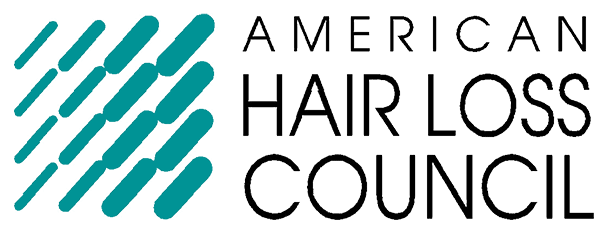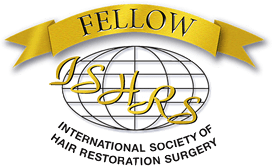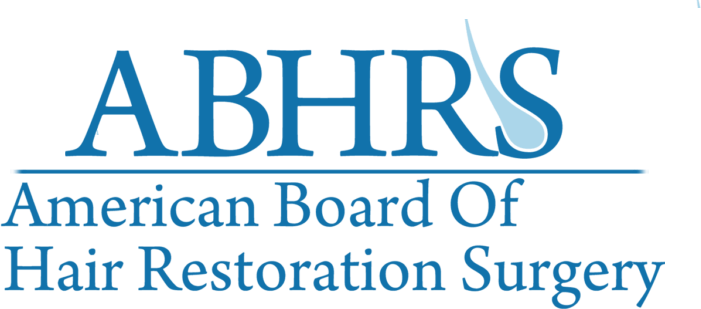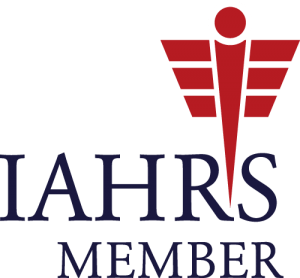What is Hyperbaric Oxygen Therapy (HBOT)?
Hyperbaric oxygen therapy (HBOT) is a medical treatment in which a patient breathes pure oxygen in a pressurized environment, typically inside a specially designed chamber. This therapy is known to have several benefits for healing and postoperative recovery.
Here are some ways hyperbaric oxygen therapy can be helpful:
1. Enhanced wound healing: HBOT increases the amount of oxygen delivered to body tissues, promoting angiogenesis (formation of new blood vessels) and stimulating the production of collagen and fibroblasts. This can accelerate the healing process of surgical incisions, ulcers, and other wounds.
2. Reduced infection risk: Hyperbaric oxygen creates an unfavorable environment for certain bacteria that thrive in low-oxygen conditions. By increasing oxygen levels, HBOT can help fight off infections and reduce the risk of postoperative complications.
3. Decreased swelling and inflammation: Oxygen therapy can decrease swelling and inflammation by improving blood flow and delivering oxygen to areas that may be experiencing reduced circulation.
4. Improved postoperative recovery: HBOT can help patients recover more quickly after surgical procedures by promoting tissue repair, reducing pain, and increasing overall energy levels.
It’s important to note that hyperbaric oxygen therapy is typically prescribed by a healthcare professional and is administered in specialized treatment centers. The number of sessions needed and the duration of each session will depend on the specific condition being treated and the patient’s individual needs.
Hyperbaric Oxygen Therapy and Hair Transplantation
Hyperbaric oxygen therapy (HBOT) has been suggested as a potential adjunctive treatment for hair transplant patients to enhance graft survival, accelerate recovery, and promote hair growth. The therapy involves breathing pure oxygen in a pressurized chamber, increasing oxygen levels in the body’s tissues. Here are some reasons why HBOT may be prescribed for hair transplant patients and the potential mechanisms, benefits, and risks associated with it:
1. Increased oxygen supply: HBOT increases the oxygen supply to various tissues, including the hair follicles. This can promote healing, enhance cellular metabolism, and improve graft survival.
2. Enhanced graft survival: After a hair transplant procedure, the transplanted grafts rely on an adequate blood supply for nourishment. Oxygen delivered through HBOT can improve blood flow and oxygenation, enhancing graft survival rates.
3. Accelerated healing: HBOT has been shown to stimulate the production of collagen, a protein found in connective tissues. This can enhance wound healing and minimize the risk of complications after surgery.
4. Promotion of hair growth: The increased oxygen supply from HBOT may stimulate hair follicles, improving their growth and increasing the density of transplanted hair.
5. Reduced inflammation: HBOT has anti-inflammatory effects, which can help minimize postoperative swelling and discomfort.
At Bauman Medical, Dr. Alan Bauman has had extensive experience in prescribing hyperbaric oxygen therapy for his patients for nearly twenty years, ever since one of his physician patients treated himself in his own hyperbaric chamber and was noted to have an accelerated healing process, reduced inflammation and faster hair growth than expected. If you would like to learn more about adding Hyperbaric Oxygen Therapy to your recovery protocol, please ask Dr. Bauman or your Patient Advocate for more information during your consultation.
Hyperbaric Oxygen Therapy Risks and Limitations
While HBOT may have potential benefits for hair transplant patients, it’s essential to consider the possible risks and limitations:
1. Cost and accessibility: HBOT can be expensive and may not be readily accessible to all patients due to the need for specialized chambers and trained personnel.
2. Time commitment: HBOT typically requires multiple sessions, which can be time-consuming for patients.
3. Side effects: While rare, HBOT can have side effects such as barotrauma (injury due to pressure changes), oxygen toxicity, and claustrophobia.
4. Lack of strong scientific evidence: While some studies suggest positive outcomes, the evidence supporting the use of HBOT for hair transplant patients at this time is somewhat limited. More research is needed to establish its efficacy and safety as well as the optimal dosing strategy (i.e., what ATM pressure, for how long, how often, etc.).
It’s vital for hair transplant patients to have a thorough discussion with their hair transplant surgeon to understand the potential benefits, risks, and limitations of HBOT in their specific case.
*Each individual's treatment and/or results may vary
If you or someone you know has hair loss, hair thinning, baldness, or eyebrow / eyelash concerns, click to start either a long-distance virtual consultation OR an in-person, in-office consultation with Dr. Bauman. You can also Ask Dr. Bauman a Question or simply call Bauman Medical Group at +1-




 ARTICLE: Bauman “TURBO” LaserCap Sheds New Light on Thinning Hair
ARTICLE: Bauman “TURBO” LaserCap Sheds New Light on Thinning Hair How Can Regenerative Medicine Can Help Hair Loss? – Boston Biolife
How Can Regenerative Medicine Can Help Hair Loss? – Boston Biolife Exosomes for Hair Loss & Hair Restoration?
Exosomes for Hair Loss & Hair Restoration? Dr. Alan J. Bauman, M.D.Hair Loss & Hair Transplant ExpertBoca Raton, FL
Dr. Alan J. Bauman, M.D.Hair Loss & Hair Transplant ExpertBoca Raton, FL







Comments are closed here.